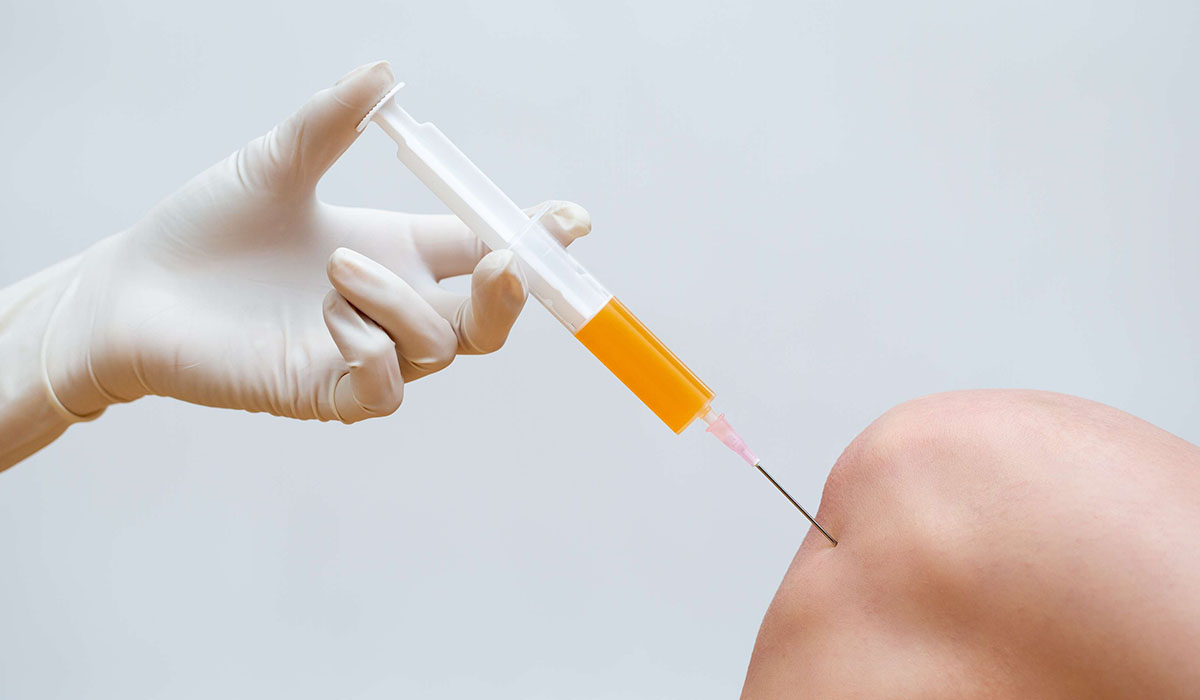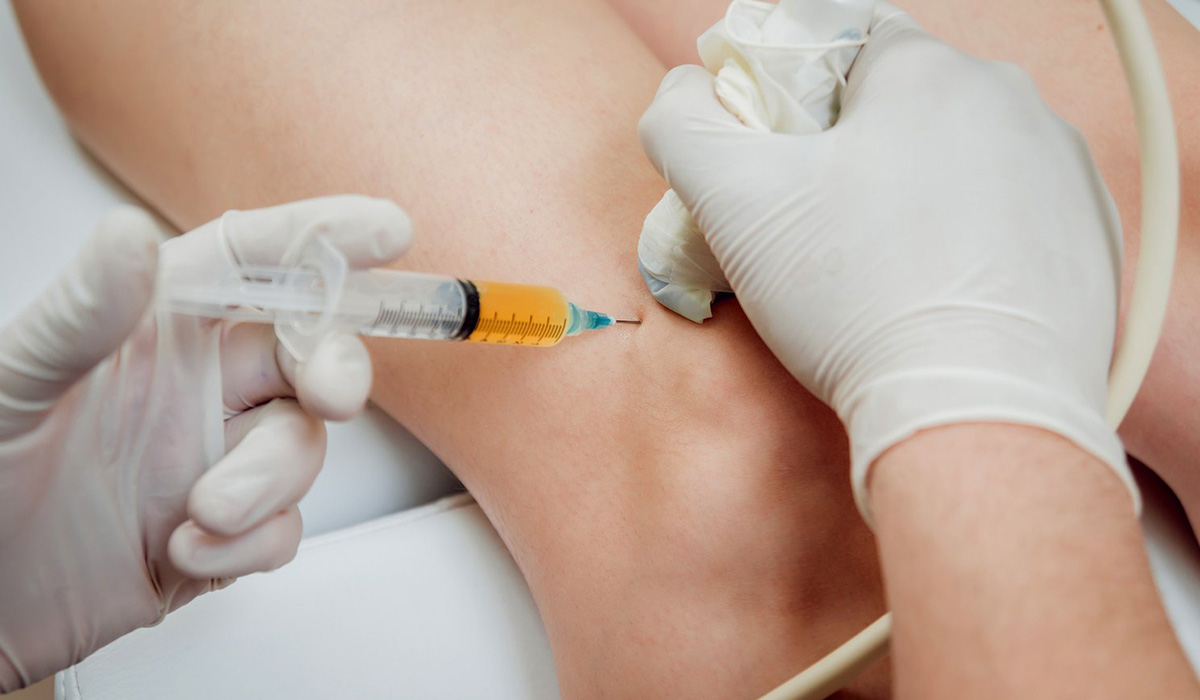Platelet-rich plasma (PRP) therapy has gained popularity in recent years, largely due to its promising results in promoting healing and reducing pain in various medical conditions. But what exactly is PRP therapy, and is it the right choice for you? In this blog, we’ll explore the fundamentals of PRP therapy, its benefits, potential risks, and how to determine if this treatment aligns with your needs.
What is PRP Therapy?
PRP therapy is a minimally invasive treatment that utilizes the patient’s own blood to stimulate the healing process. The therapy starts with drawing a small amount of the patient’s blood, which is then processed to concentrate the platelets and growth factors present in the blood. These concentrated platelets are rich in proteins, called growth factors, which play a crucial role in tissue repair and regeneration. Once the PRP is ready, it is injected directly into the affected area, such as joints, muscles, tendons, or ligaments.
How Does PRP Therapy Work?
The growth factors in the PRP promote healing by stimulating the regeneration of cells and tissues. This process not only accelerates recovery but also enhances the natural repair mechanisms of the body. The goal of PRP therapy is to reduce inflammation, relieve pain, and improve the overall function of the affected area without the need for invasive surgery.
Benefits of PRP Therapy
- Minimally Invasive: PRP therapy is a non-surgical procedure, making it a low-risk option compared to traditional surgery.
- Natural Healing: Since PRP therapy uses the patient’s own blood, it lowers the risk of allergic reactions or adverse side effects.
- Reduced Pain: Many patients report significant relief from chronic pain conditions such as joint pain, tendinitis, or soft tissue injuries after PRP treatment.
- Enhanced Healing: The concentration of growth factors accelerates tissue repair and reduces recovery time.
- Long-lasting Results: While the effects may vary depending on the condition, many patients experience long-term relief from symptoms.
Conditions Treated with PRP Therapy
PRP therapy has shown effectiveness in treating a variety of musculoskeletal and soft tissue injuries, including:
- Tendinitis (in areas like the elbow, knee, shoulder)
- Joint Pain (especially in knees, hips, and shoulders)
- Soft Tissue Injuries (muscles, ligaments, and tendons)
- Osteoarthritis (especially in early to moderate stages)
Potential Risks and Side Effects
While PRP therapy is generally safe, it does come with certain risks that you should consider:
- Mild Pain or Discomfort: Some patients may experience mild pain or swelling at the injection site, which usually subsides within a few days.
- Infection: There’s always a small risk of infection, though it’s minimal due to the sterile procedure used.
- Temporary Results: PRP therapy doesn’t work instantaneously. Most patients require multiple sessions, and results may take weeks to become apparent.
- Not Suitable for Everyone: People with certain blood disorders, cancer, or skin conditions might not be ideal candidates for PRP therapy. It’s crucial to consult with a healthcare professional to determine eligibility.
How to Determine if PRP Therapy is Right for You
Deciding whether PRP therapy is the right treatment depends on various factors, such as:
- Your Medical Condition: PRP is ideal for soft tissue injuries, chronic pain, and early-stage arthritis. It may not be suitable for advanced joint degeneration or severe conditions.
- Your Expectations: While PRP can significantly reduce pain and aid in healing, it may not completely cure every condition. Understanding realistic expectations is essential.
- Consultation: The best way to determine if PRP therapy is right for you is to consult with a specialist at a reputable clinic, such as NEXUS Advanced Pain Management. Their team of experienced medical professionals will evaluate your condition and suggest the most appropriate treatment plan based on your unique needs.
Conclusion
PRP therapy is a promising, minimally invasive treatment option that leverages the body’s natural healing mechanisms to relieve pain and repair tissues. With its numerous benefits, it has become a go-to choice for many individuals seeking alternatives to surgery and long-term medication use.
If you’re considering PRP therapy, the expertise at NEXUS Advanced Pain Management can guide you through every step of the process. With a commitment to personalized care and advanced techniques, NEXUS ensures that you receive the most suitable treatment tailored to your condition. Don’t let pain hold you back—explore the potential of PRP therapy and regain your quality of life with expert guidance from NEXUS Advanced Pain Management.
Ready to take the first step? Contact NEXUS Advanced Pain Management today for a comprehensive consultation.





